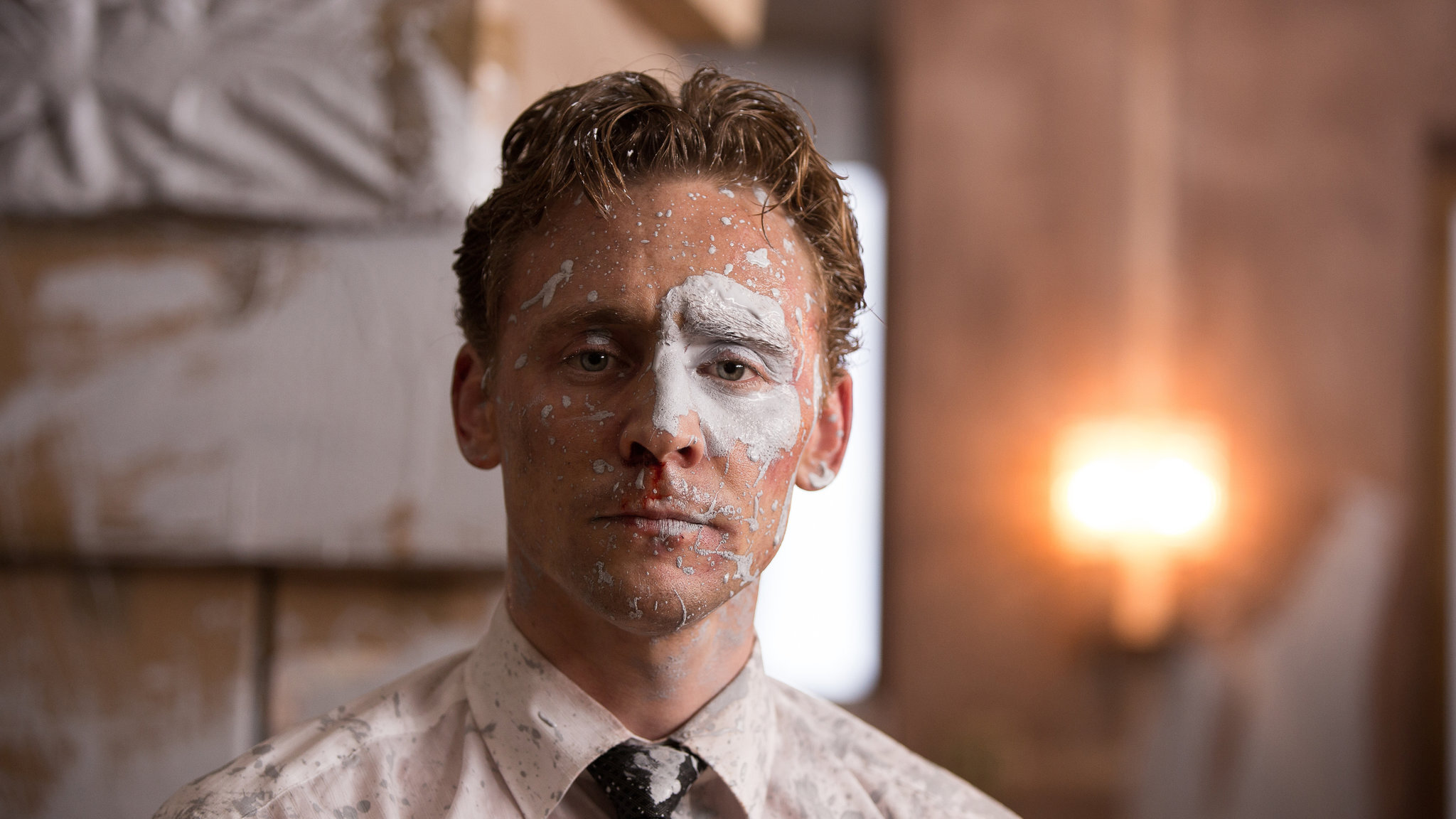Tribeca 2016 Review: High-Rise
When watching a film by director Ben Wheatley (Kill List) one can expect buckets of blood, acerbic social satire, and an overarching sense of dread. His latest film, which had its New York Premiere at the 2016 Tribeca Film Festival, is HighRise, and it delivers on his signature trademarks. While undoubtedly messy, largely due to its ambition in adapting a novel (HighRise by J.G. Ballard) that many claimed to be “unfilmable,” HighRise succeeds as a gorgeously filmed and caustically funny drama.
HighRise follows the story of Laing, a doctor played by Tom Hiddleston, who moves into a newly built London building. While things seem to be going well at first, civil life in the building begins to deteriorate. Class tensions between the aristocrats of the higher floors and the more mundane dwellers of the bottom floors escalate, leading to plundering, orgiastic romps, and death. Laing must navigate his surroundings, and choose his friends wisely as he attempts to not only survive, but also gain a clearer understanding of the meaning and purpose behind this dystopian highrise complex.
Tom Hiddleston, best known for his role as Loki in the Thor and Avengers films, fits his character perfectly. Shining in a performance that mandates physicality, emotion, and a sense of chill, Hiddleston plays the part with poise and aplomb. The supporting cast, rounded out by the terrific Jeremy Irons, Luke Evans, and Sierra Miller, only strengthens the film's cores by adding nuance and layers to the numerous neighbors who all play critical roles in the ensuing chaos.
While this film definitely has a plot, it is not always clearly defined. At times, the story jumps rapidly through time, so the breakdown of civilization in the highrise seems jarring. Once all has gone to hell, it also becomes increasingly difficult to differentiate between charactersmany of the them resemble each other, sporting shaggy beards and looking dirty and unkempt. Despite these faults, the film, and as a proxy, the building itself, is marvelous to look at. Kudos to the director of photography, Laurie Rose, who has worked previously on the BBC show Peaky Blinders, and the numerous technicians involved in creating a palpable world on screen.
At the red carpet premiere of the film at the Tribeca Film Festival, I spoke briefly with director Ben Wheatley. When asked about any particularly uncomfortable moments on the set, considering the dark and unsettling nature of the material, Wheatley remarked that he was most worried about the surrounding chaos all the animals, kids, and people running around. Before leaving, he told me that the films that seem to be the most dangerous are often the most regulated and safe. He apologized for not having any juicy tales!
Ben Wheatley is one of British cinema's freshest and most eccentric voices. At this point in his career, I liken him most to Guy Ritchie. The rawness of Wheatley's work contributes to the electricity of his films, much like Ritchie's early classics such as Lock, Stock, and Two Smoking Barrels and Snatch. I truly cannot imagine a world in which Wheatley eschews rawness for refined, polished material. I would have once said the same for Ritchie, who has largely abandoned his early roots in favor of big-budget, studio films. Hopefully, Wheatley doesn't go down that path. If he does, it's important to appreciate what he's doing for cinema in the meantime.
